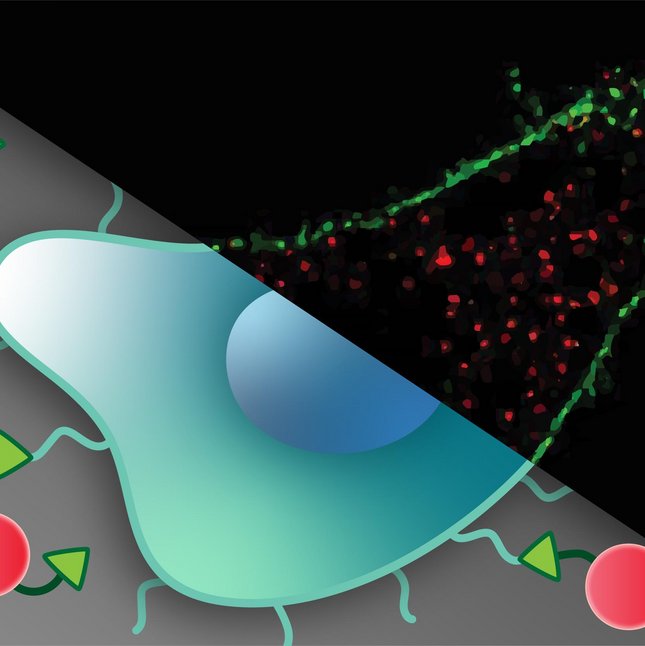
The development of nanostructured materials to achieve innovation in healthcare, i.e. nanomedicine, is one of the great challenges in chemistry and biomedical engineering.
The development of nanostructured materials to achieve innovation in healthcare, i.e. nanomedicine, is one of the great challenges in chemistry and biomedical engineering. Nanotechnology and material chemistry have the potential to introduce novel approaches to fight diseases with tremendous negative impact on society such as cancer, cardiovascular diseases and infectious diseases.
One of the main hurdles that limits the clinical translation of nanotechnology is the lack of knowledge about the in vitro structure and the behaviour in the biological environment of nanomaterials. This information is crucial towards the rational design of effective drug delivery carriers.
We aim to use advanced optical imaging techniques (Nanoscopy) to understand at the molecular level the behavior of synthetic nanomaterials in vitro and in the biological environment (Nanomedicine). To achieve this goal we use a variety of methods such as super resolution localization microscopy (STORM, DNA‑PAINT, STED), single molecule imaging, single particle tracking, spectral imaging and correlative imaging we tailor and optimize such techniques to the study of engineered materials. We are currently employing these imaging methods to address key issues such as nanoparticle functional characterization, protein corona formation, materials stability in biological fluids, receptor targeting and intracellular trafficking.
In this framework, the understanding of the interactions of nanomaterials with biological matter is used to guide the rational design of materials for a variety of applications such as drug delivery, targeted therapies and biosensing.
REFERENCES
- Super-resolution microscopy as a powerful tool to study complex synthetic materials. Nature ReviewChem. 2019, 3, 68–84
- Super-resolution imaging of structure, molecular composition and stability of single oligonucleotide polyplexes. Nano Letters, 2019, 19(5):2784-2792
- Force loading explains spatial sensing of ligands by cells. Nature, 2017, 552(7684):219-224
- Multicomponent supramolecular polymers as a modular platform for intracellular delivery. ACS Nano, 2016, 10 (2), 1845–1852
- Probing exchange pathways in one-dimensional aggregates using super resolution microscopy. Science, 2014, 344(6183): 491-5